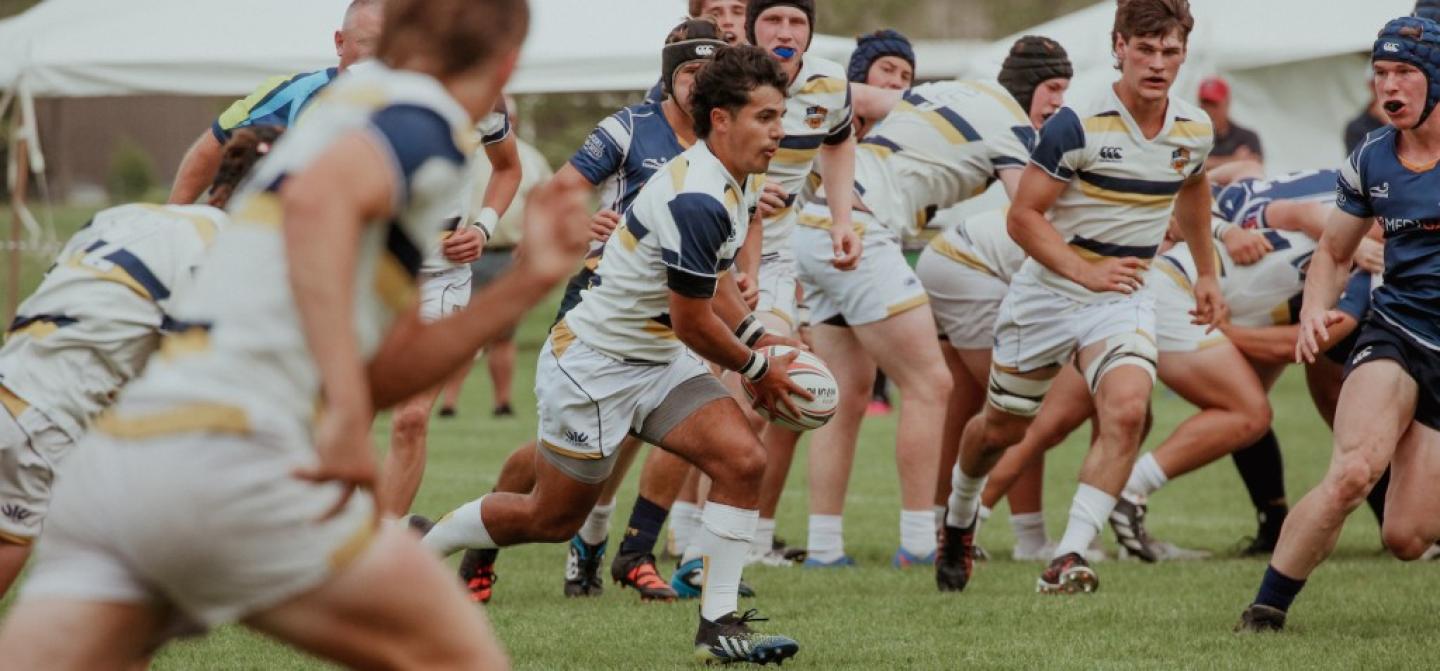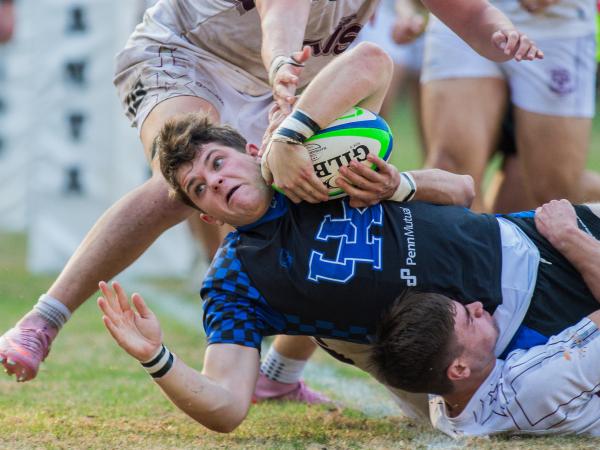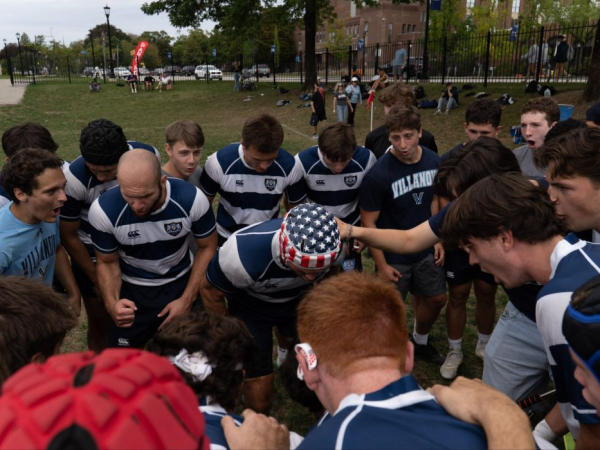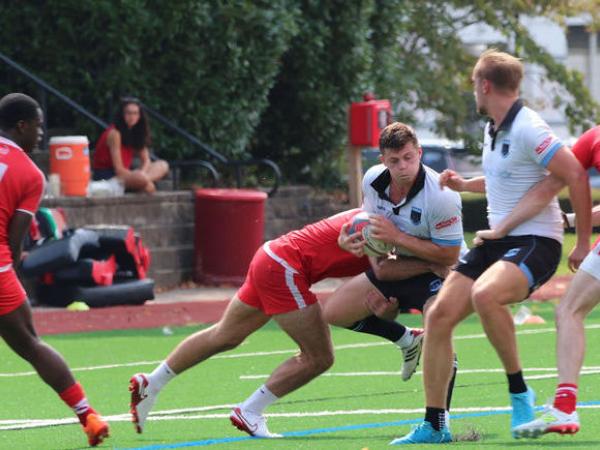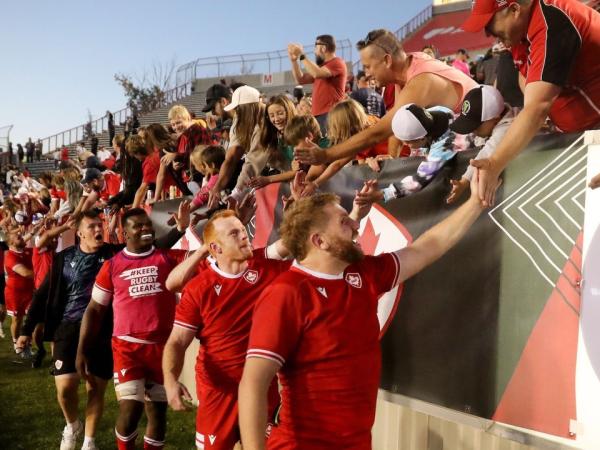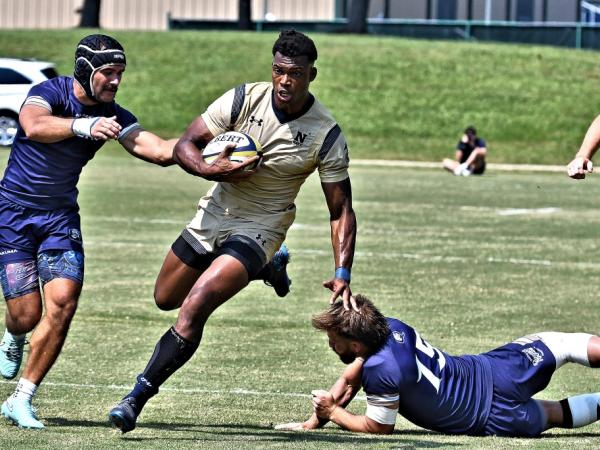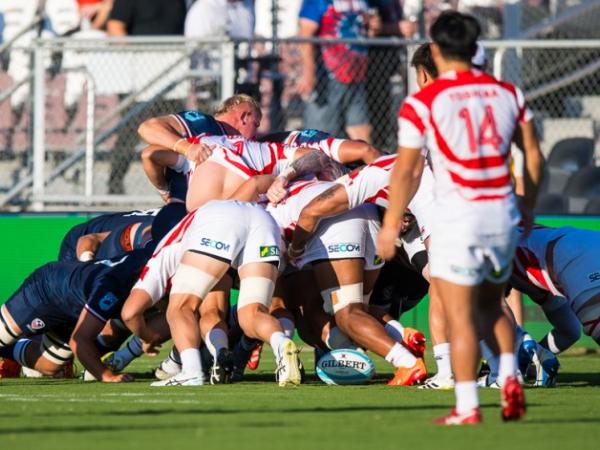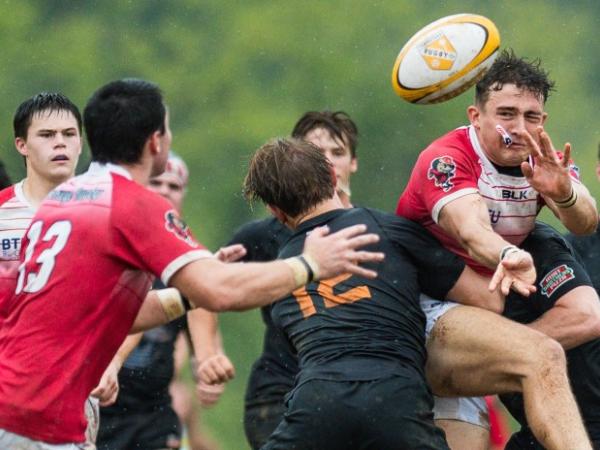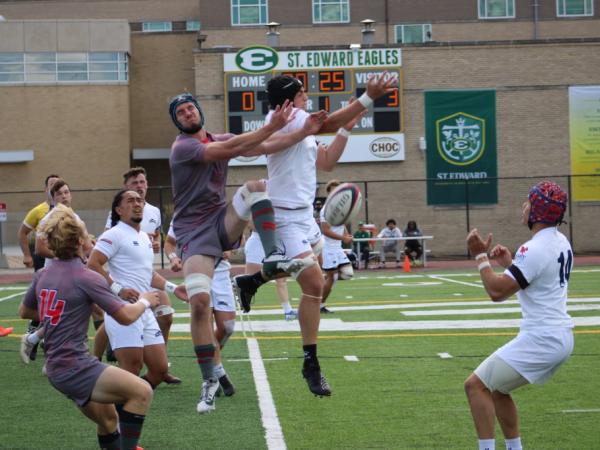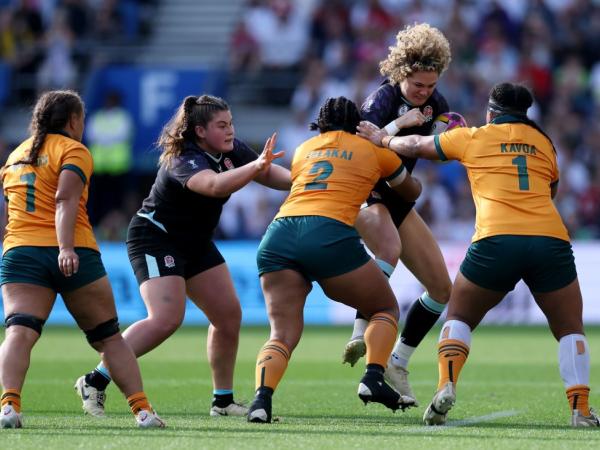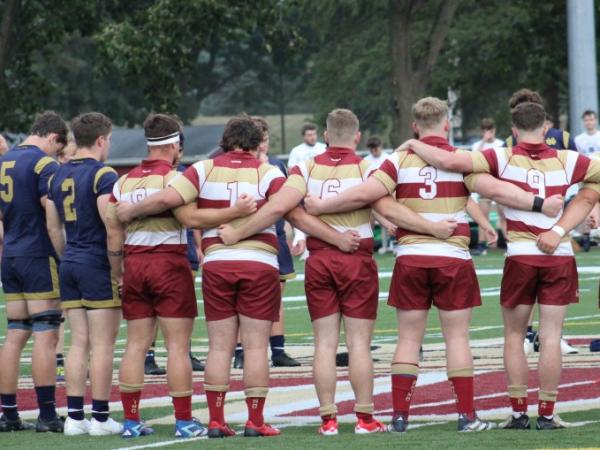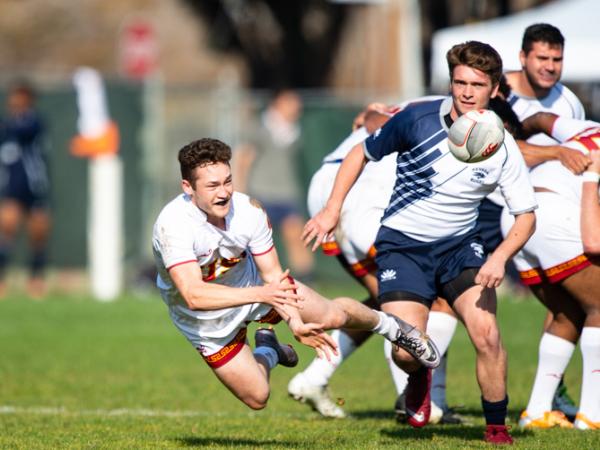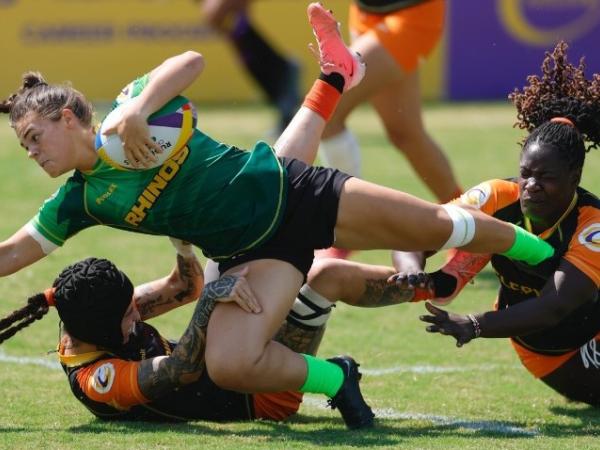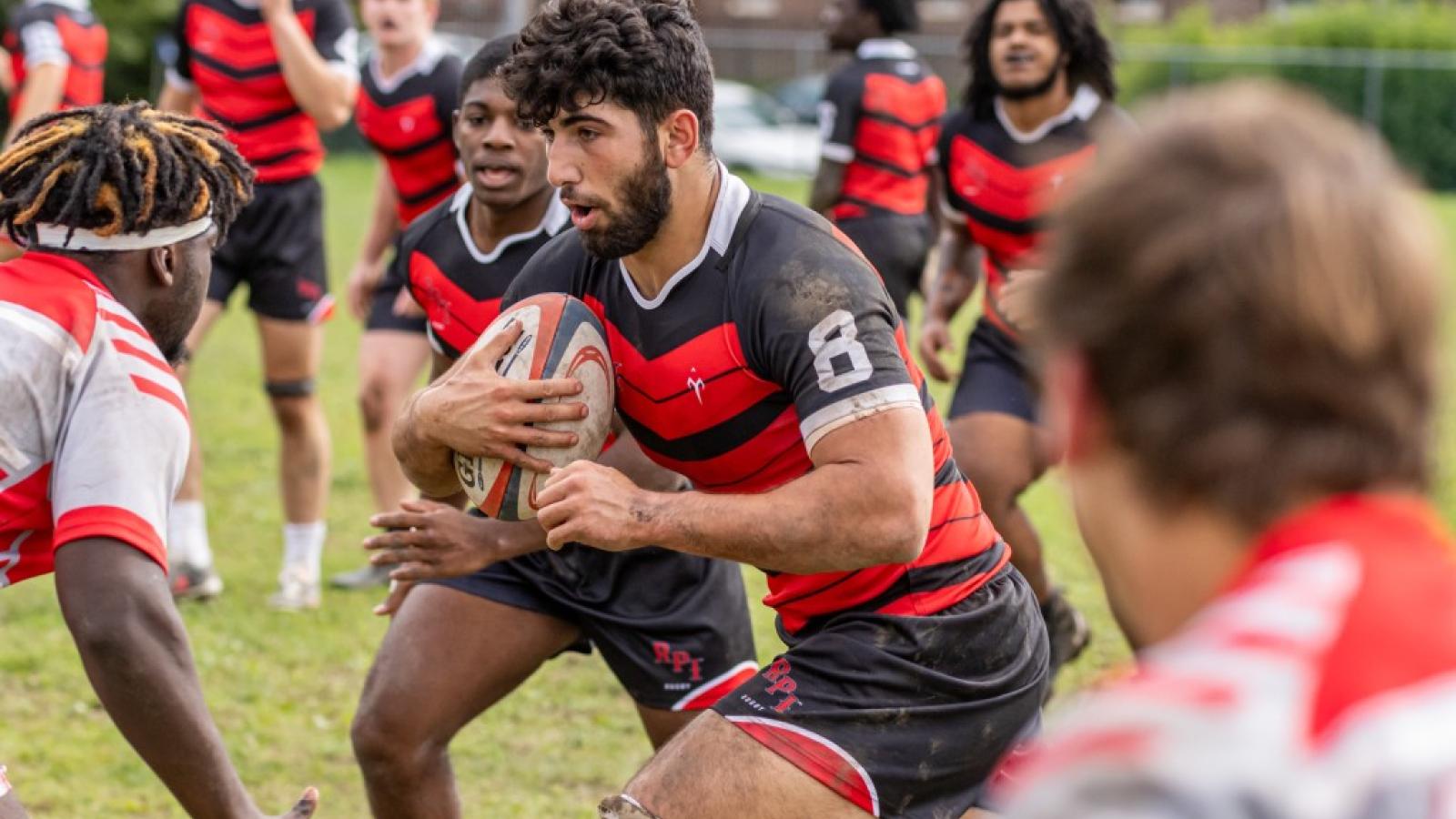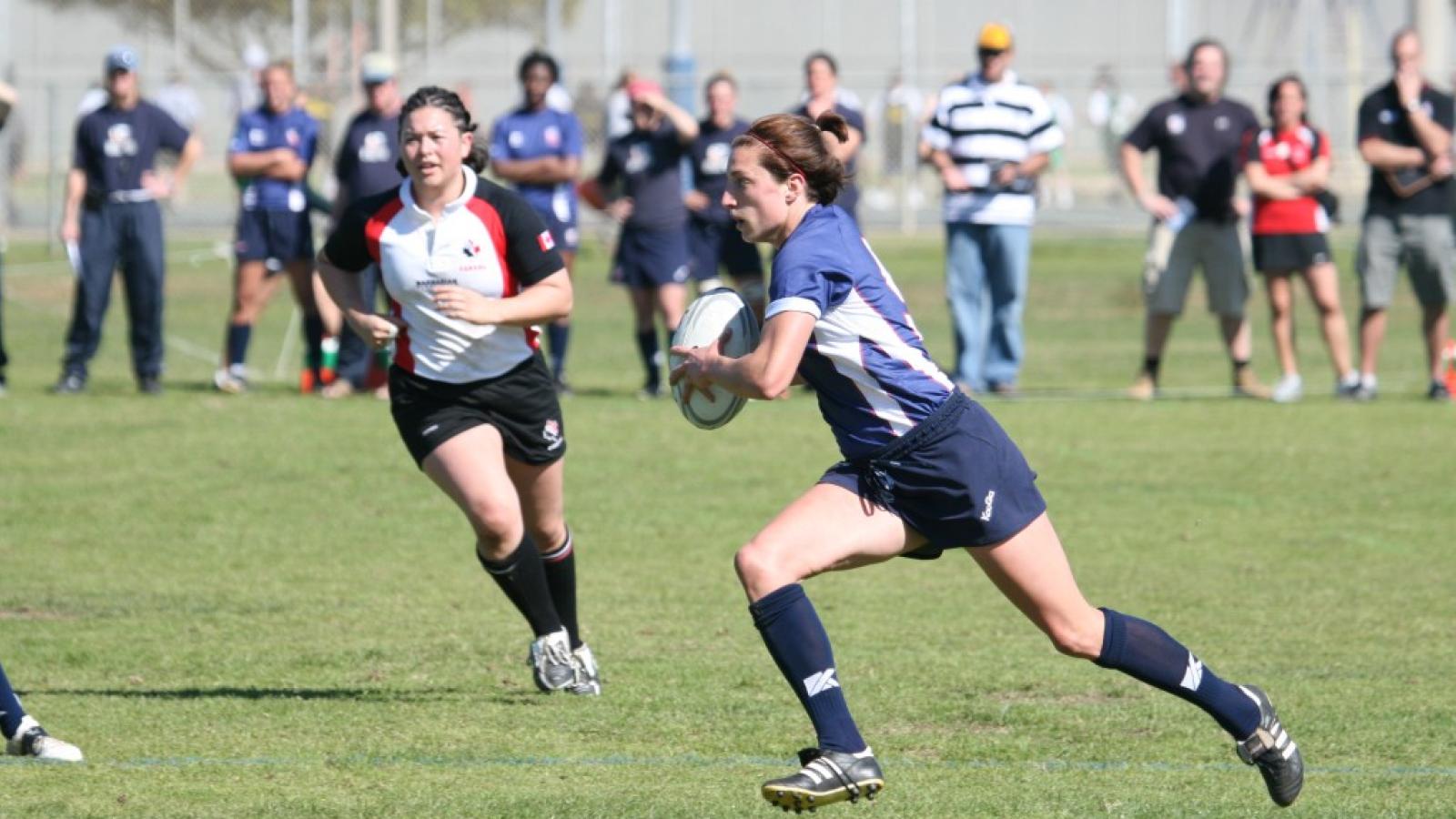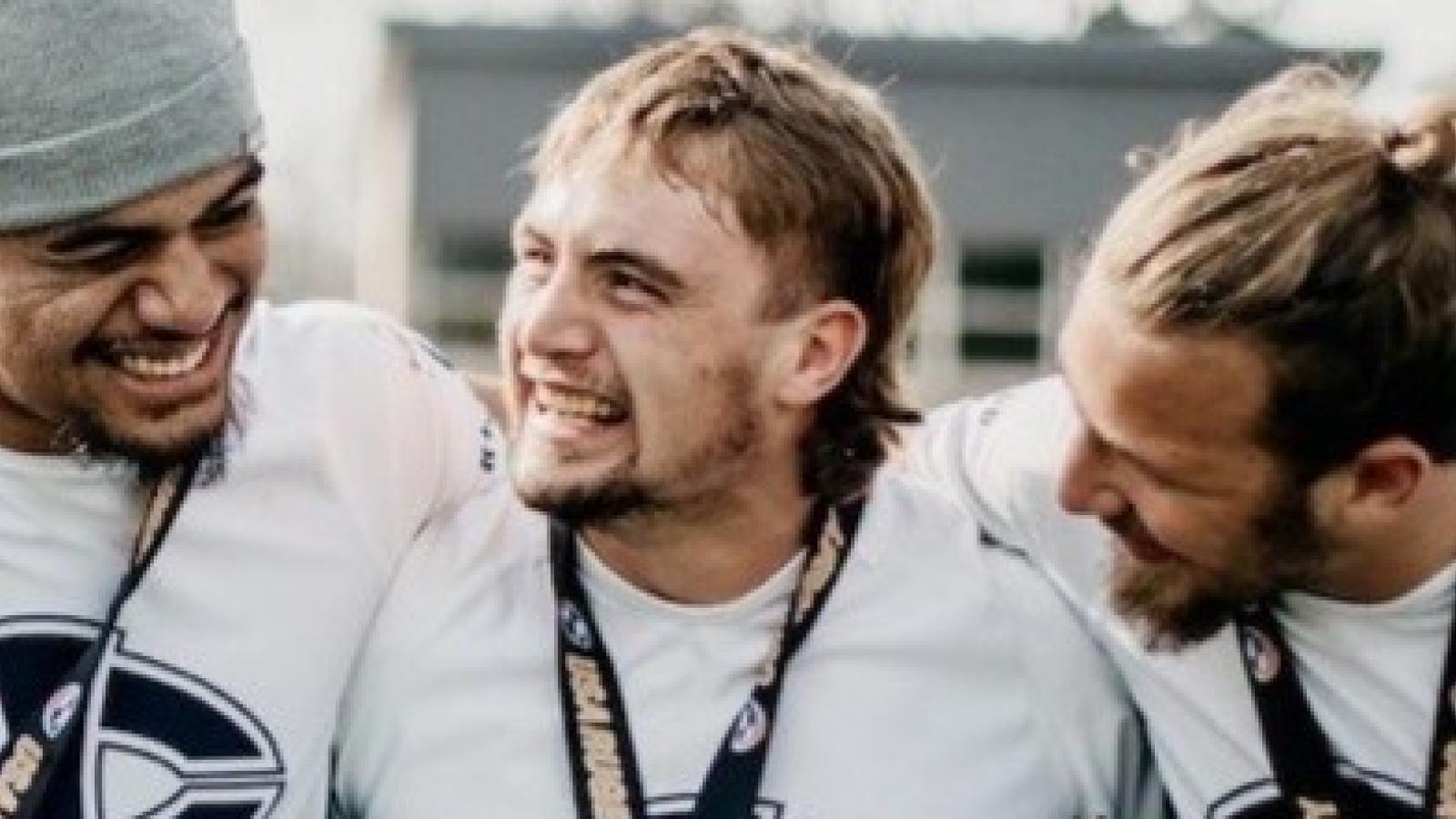(Analysis Column by Alex Goff)—It is a rare thing that I as a journalist get a front-row seat to a championship team throughout the season.
For the most part, I can sometimes see a team play a few times during the year, and maybe feel like I've got a handle on how they do things, but seeing them do what they do every day? The stars have to align. In fact, probably the last time that really happened was 2001, when I was an assistant coach with the HS team that became the Budd Bay Barbarians. Playing as Capital HS, this team finished a very creditable 5th at the HS National Championships, and I got to see exactly how they got there.
This year was interesting because I was able to observe St. Ignatius several times a week, but with a slight separation. As many of you know, I assist with the St. Ignatius freshman team. I don't do any coaching with the varsity program, but I can see what they do and I generally attended practice about three days a week. Oddly, I didn't see them play a lot—I was usually traveling somewhere else. But I did get to see film and had several interesting talks with the coaching staff and the players.
So this spring was certainly an interesting journey watching a high school team that had a very specific goal to win the national championship, and how they went about it. Here are some observations:
Out of Nowhere
St. Ignatius did not come out of nowhere. They have been good for several years, and in some years GRR ranked them #1 at times. But they didn't go to the National Championships because it conflicted with key events on the school calendar. From 2015 through 2020 Ignatius ended the season in the GRR Top 10 four times. Their lowest end-of-year ranking was #14. So, no, this isn't a case of a team rising to prominence thanks to a unique group of players.
In 2021, however, despite a shellacking at the hands of the Charlotte Tigers in their opening game, St. Ignatius, is became clear, was a really strong outfit. When HS Nationals returned, and was set for June, and some spots opened up because some teams couldn't travel, the Wildcats put their hat in the ring. It was a new experience for the program, and they learned quickly that a) even a low-seeded team can cause you fits, b) when you play at Nationals there is pressure, and c) they are pretty good.
In faction, St. Ignatius losing that 2021 final to Herriman may have done more for their reputation around the game than if they had won. Winning in your first appearance at Nationals is so rare that many might have written it off as a once-in-a-lifetime season. Coming in a very competitive second, however, made everyone pay attention.
There Were Some Special Elements
The key special element to the 2021-2022 run for Ignatius was that most of their starting lineup from 2021 were juniors. They would return for 2022, and would have seen all of the pitfalls of a big season. That group also returned with a singular goal to win the championship. How they approached that we'll discuss below. Certainly they all knew the standard they needed to achieve, and also that they could achieve it.
Understanding that standard was voiced by Head Coach Dan Arbeznik way back in March of 2021 when they lost 47-0 to the Charlotte Tigers. As both teams circled up together, Arbeznik said that one of the core Jesuit values was humility. We have certainly been humbled today, he said without a hint of animosity. We will learn from that.
And they did, looking for tough games throughout the season, making some significant changes, and asking more of themselves. There was no whining about how the Tigers were this massive club of massive players—it was all about resetting goals.
Chasing the Goals
So from the beginning St. Ignatius approached their season with these thoughts in mind:
- Winning Nationals will take as many as 40 players, with a quarterfinal lineup that has to perform, and has to allow other players time to be fresh for following games
- That squad of 40 essentially would then expand to everyone—the entire program has to be behind the effort
- Winning Nationals will require going above and beyond in terms of physical and mental preparation
- The game plan had to be rock-solid, and players had to put the plan and the team above their own whims
How this manifested itself was in several areas. The attitude among players for who would start and who would be on the bench, or not playing at all, was, in my observation, one of the main reasons St. Ignatius won the National Championship. When it was one player's turn to start, he was supported and helped. What this did was allow players to step in for the injured, or just the tired, knowing his teammates had his back.
Players added extra running and other fitness work outside of practice. As Arbeznik told them, he wouldn't be enforcing this extra work—they had to do it on their own. "You need to want it more than I do," he said. The motivation to work hard had to come from within, and from teammates. Great athletes often say they never had to be told to practice, and day after day, after rugby practice was done, and if there was space, the Ignatius varsity players ran sprints.
And there were changes in how players viewed themselves. Some took on very unglamorous roles because that's what was needed. Flyhalf Bobby Voth, who was a good kicking flyhalf who sent this lovely, soaring kicks in 2021, started to drive uglier-looking kicks down the field. Why? Because they were more effective. The result was several successful 50-22s for Ignatius, and, in the final, Gonzaga was guarding that tactic so assiduously that Ignatius was able to make ground on the edge.
The Setup
St. Ignatius is a private Jesuit school in Cleveland. It is set in a neighborhood that used to be gentrified, hit hard times, and is working back to a kind of hipster cool aspect. Around the corner from the school is the birthplace of John Heisman of Heisman Trophy fame. The school has some enviable facilities, including a really nice gym with an elevated running track, an indoor turf facility used during winter weather by the baseball team, the lacrosse team, and the rugby team.
It has a turf football stadium (although anyone from Texas or Eastern Pennsylvania would not call it a stadium as it seats maybe 100 people) where the rugby team plays its home games. And it has to turf fields, end-to-end, where the rugby team practices. But that sounds quite fancy, and in many ways it is. However, there are often days where those two fields are also shared by the lacrosse and baseball teams. What you might think are 200 meters of space could easily drop to half that, and with over 130 rugby players in the program, space becomes a bit limited.
The space limitations are addressed through efficiency. Arbeznik and his staff set up a system that allows for the first 15 to 30 minutes, or more, of practice to be player-run. While there are as many as 14 coaches involved, if every one showed up 30 minutes late, the players could effectively start without them.
The simplest form of this play-driven start to training is just to call out a few simple words for them all to organize into passing, support, and contact workouts. But it can be more complex as all the players mix in some contact and breakdown work that is mentored by the senior players. You might have a group of six players, with two freshmen, a sophomore, two juniors, and a senior running the drill. It forces senior players to give a hand up and include younger players into the program, and it also forces senior players to know what they are talking about when they discuss how to set a ruck or poach a ball.
And in the most complex form the program is split into tribes. The tribes have players from all four years, and they compete through various rugby activities for points and some bragging rights at the end of the season. Some practices have a lot of tribe work, and the players are now holding each other to a standard, because the tribe standings are at stake. It creates a team bonding across age groups while also using competition to get better.






